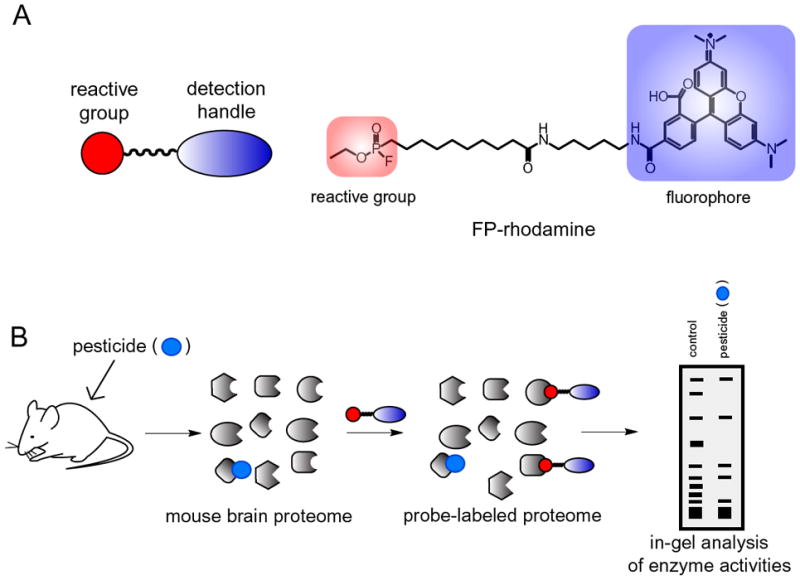Figure 1. Activity-based protein profiling (ABPP).

A. Activity-based probes consist of a reactive group that covalently reacts with a specific enzyme class, conjugated to a spacer arm and a detection handle such as a fluorophore or biotin. Shown on the right is the activity-based probe for the serine hydrolase superfamily with a fluorophosphonate (FP) reactive group and a rhodamine-detection handle (FP-rhodamine). B. For this study, we used ABPP to determine potential or putative secondary targets of pesticides. Mice were injected intraperitoneally with a pesticide and after 4 h they were euthanized and brain membranes were prepared, followed by incubation of the membrane proteome with FP-rhodamine. The reacted proteome was resolved by SDS-PAGE and visualized by in-gel fluorescence scanning. Pesticide-induced inhibition of serine hydrolase activity was recognized and quantitated by loss of a fluorescent band.
